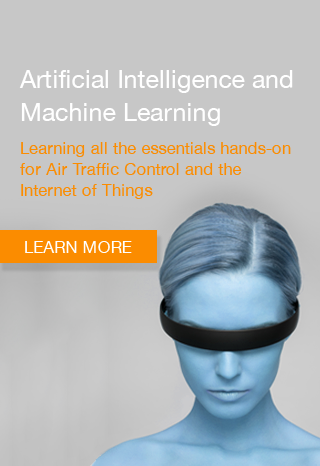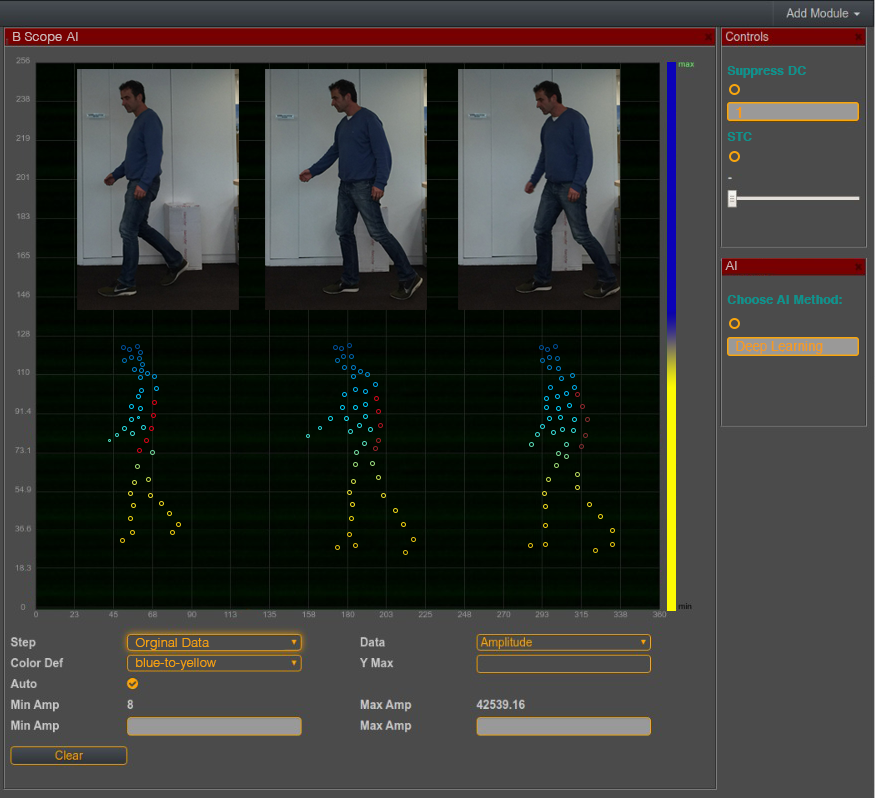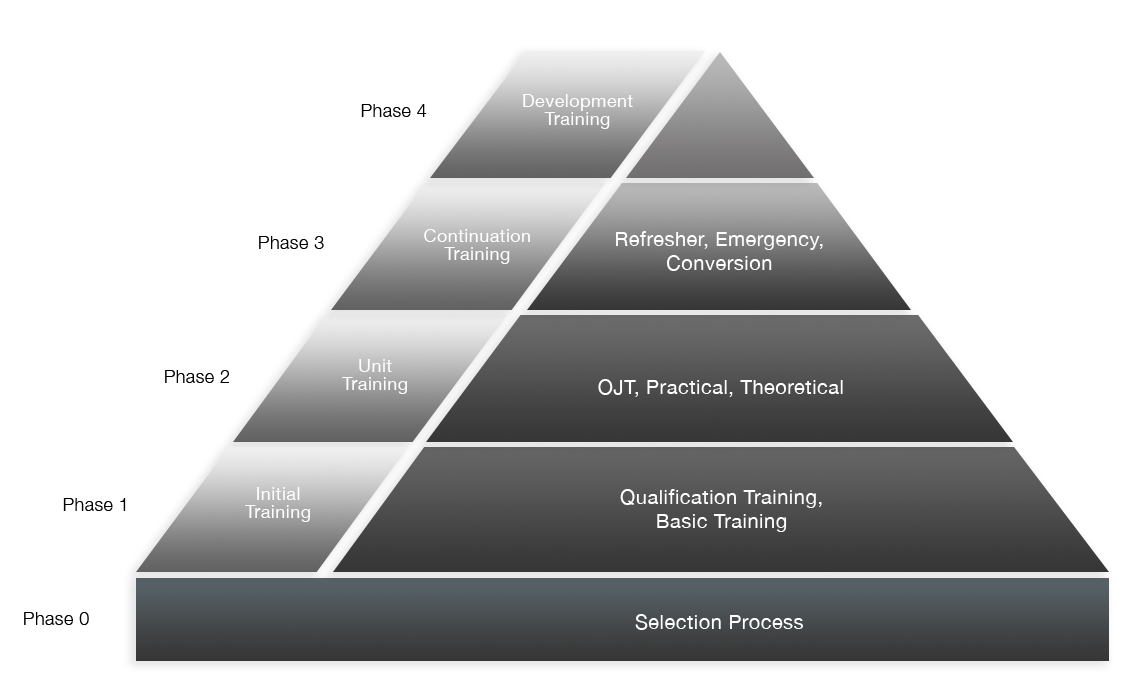Artificial Intelligence is starting to become a game changer in Aviation. In this article we look at its expected impacts on radar technology and describe SkyRadar's solutions to qualify ATCO and ATSEP on applied AI.
We expect 8.2 Billion Air Travelers in 2037 if policies remain constant, but with a policy stimulus we will crack the 10 billion passenger line. It needs new technologies to manage this. AI and Machine Learning are expected to pave the way for more safety, adaptability, optimization, efficiency, capacity and more support to all aviation stakeholders (ICAO).
The great thing is that this one key technology promises to improve aviation safety, to increase air navigation capacity and efficiency, to increase profitability of air transport and to support an environmentally sustainable development of air transport.
Impact on ICAO's SARPS and Qualification Programmes
Consequently ICAO is reviewing the existing Standards and Recommended Practices (SARPs) in the advent of AI and invites industry and all stakeholders to initiate updates and amendments of the SARPs to allow for the use of new Artificial Intelligence technologies in aviation. In particular, qualification programmes for air transport personnel need to be adapted to be able to benefit from the advantages of AI.
What is Artificial Intelligence?
ICAO describes AI as a "wide variety of technologies and functionalities (e.g. machine learning, deep learning, artificial neural networks, knowledge based
reasoning…)".
 Artificial intelligence agents can be categorized into four different types:
Artificial intelligence agents can be categorized into four different types:
- Simple reflex agent that reacts to sensor data
- Model-based reflex agent that considers the agent’s internal state
- Goal-based agent that determines the best decision to achieve its goals based on binary logic
- Utility-based agent whose function is to maximize its utility
AI is operating as a rational agent. The intelligence is produced through the act of agents that are characterized by five traits that include:
- Operating autonomously
- Perception of their environment
- Persisting over an extended time period
- Adapting to change
- Creating and pursuing goals
The term machine learning is used to describe techniques that can be used to solve a variety of real-world problems by using computer systems that are able to solve problems through learning instead of being programmed to solve problems. AI depends on machine learning to accomplish its goals.
To get more foundations on AI and Machine learning, read the article "Machine Learning and Artificial Intelligence in Radar Technology"
What are the Risks of Artificial Intelligence?
We suggest to categorize the risks into 3 groups:
- Risks through under-exploitation
- Risks through wrong application
- Risks through malicious misuse
Let us walk through all 3 groups step by step.
Risks through under-exploitation
AI is the technical enabler of new functions and services. It highly depends on the understanding of the possibilities (when conceiving radar and ATC systems) and its use and exploitation. The conception of ATC systems will make more use of data aggregation from new sources like from Smart Avionics, but also from reasoning functions on primary and secondary radar data. Innovation will be driven by the openness and the speed in which these elements find their way into current ATC systems.
AI will not be a revolution, but a continuously evolving process that has already started and that will not cease to produce new features. Air Traffic Control needs to change and adapt procedures and rules related to the ATC process to pave the way for new tools for decision making, aviation safety and flow management.
Risks through wrong application
Artificial rational agents can only reason properly if the right base of data has been provided. This happens in the phase of model initiation where the user defines the problem, prepares and processes the chosen data sets and chooses the applicable machine learning algorithms. The people involved have to be sufficiently skilled to get this preparation task properly done. The performance estimation phase is the next step where things can become suboptimal: various parameter combinations that describe the algorithm are validated and the best performing one is chosen. Only when prepared properly, the model can be deployed and begin solving the task on new real-time data.
But there is also an issue of security: aggregating data sources means that data from several locations has to be brought together. Such integration of decentralized data opens flanks for malicious intrusion or accidental exposure of private or critical data. It is crucial to set up tthe right data security environment.
Risks through Malicious Misuse
The wrong people getting access to mission-critical data (position of aircraft, number or names of passengers, real-life flight routes) can have fatal impact on the safety and security of air traffic. Terrorists can use it to attack an aircraft or airport infrastructure actively, or - building on new technologies - manipulate the data to cause fatal accidents. Counter strategies, IT intrusion detection, rapid recovery strategies etc. need to be put in place.
The Key to Success of AI in Radar and ATC technology: Qualification of ATCO and ATSEP
All 3 risk categories described above have one factor in common: the primary solution and prerequisite for a successful exploitation of AI is qualification.
It is crucial to start qualifying the ATCO and ATSEP right now, as AI is drip-feeding into our daily life and surrounding infrastructure.
Millennials starting their careers will definitely and heavily be exposed to AI during their professional life and should get strong foundations from the beginning.
But also the ATCO and ATSEP in the frame of their Unit or Refresher Training should be progressively introduced into the AI subject area.
But how to do that?
SkyRadar pioneers AI training for ATCO and ATSEP
SkyRadar is launching the new radar training unit for AI based radar pattern analysis, recognition and reasoning.

Figure: Pattern analysis with SkyRadar AI - analyzing and interpreting movements - of humans, drones or any other moving object.
Tasks to be done with the AI based radar training and education environment.
Students will apply AI in data acquisition and reasoning with SkyRadar's AI radar training environment. Movements will be monitored (building on MTD / MTI) and first steps in automated reflection will be made.
- Choose and deploy deep learning models for problem solving
- Conceive a data annotation concept and create enhanced data sets
- Create predictive models based on automated machine learning tools.
- Compare the performances of several learned models based on suitable metrics.
- Operate pattern-based reasoning with an optimized primary radar calibration.
In addition, the trainee will learn, based on SkyRadar's cyber-security training environment how to protect data from misuse and how to detect manipulate data sets.
Lead the Change Process Instead of Being Overrun by It
SkyRadar's training and education radars help you play an active part in the change process. For academies and universities, this will allow to cater for more highly trained students and professionals while spending less.
Parts of the qualification program like on the job training (part ofUnit Trainin)g can even be offered in a distance learning approach, involving more than 100 students concurrently. SkyRadar's AI follows the same technical concepts as other SkyRadar products. Concurrent deployment in browser-based virtual labs that have access to IQ data of REAL training radars. We emphasize, this is not simulation, this is a real low radiation and close range radar application, specially developed for qualification and education purposes.
The AI part is seamlessly integrated into the familiar radar learning without giving the impression of a architectural rupture.
Academies will be able to qualify to a higher level and to attract better candidates.
References
- Read more articles on Artificial Intelligence in Radar Technology (2019 - today), by Dawn Turner, Martin Rupp and Ulrich Scholten
- Machine Learning in Artificial Intelligence: Towards a Common Understanding
(8 January 2019), by Niklas Kühl, Marc Goutier, Robin Hirt, Gerhard Satzger, first published at the Conference: Hawaii International Conference on System Sciences (HICSS-52) At: Grand Wailea, Maui, Hawaii





